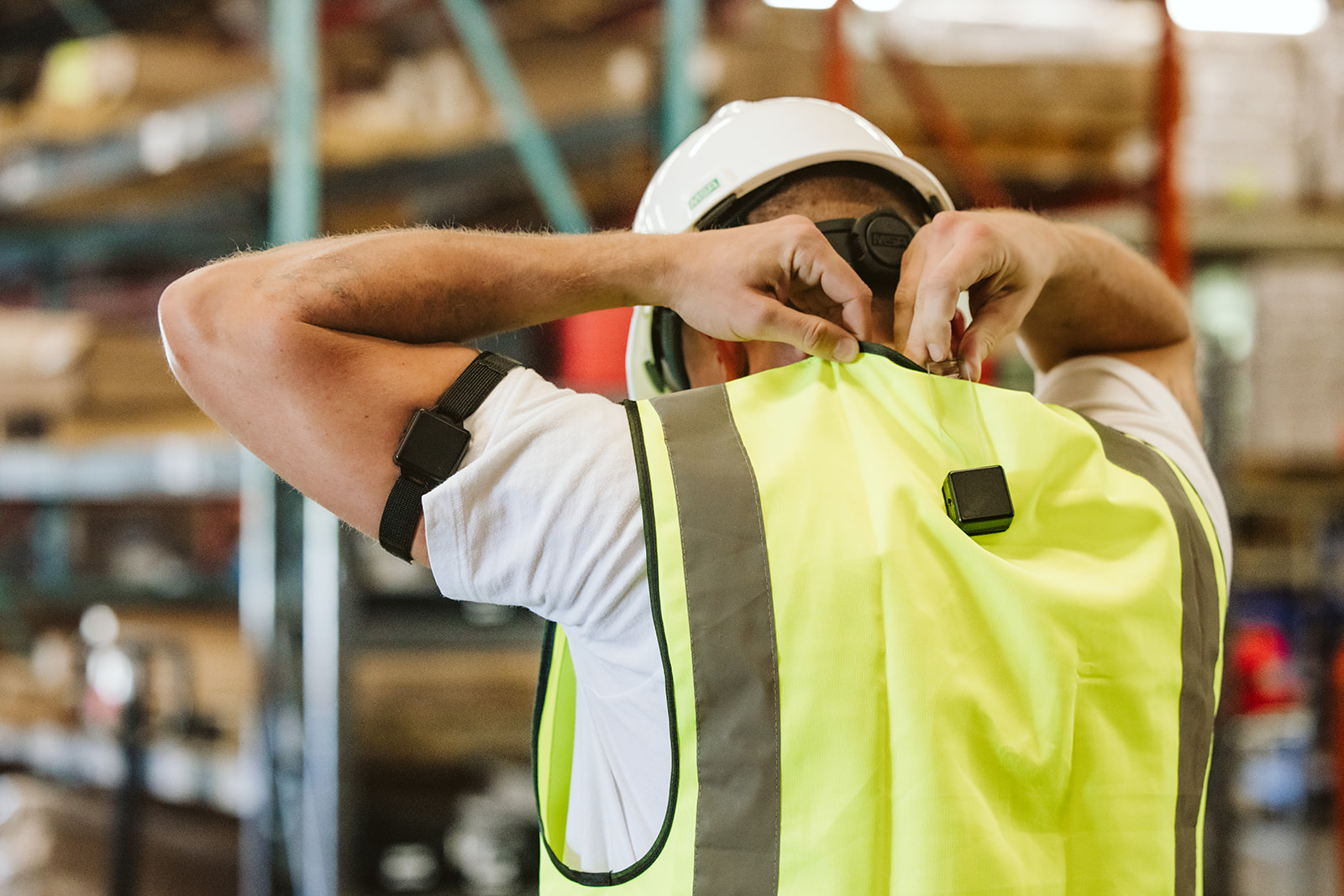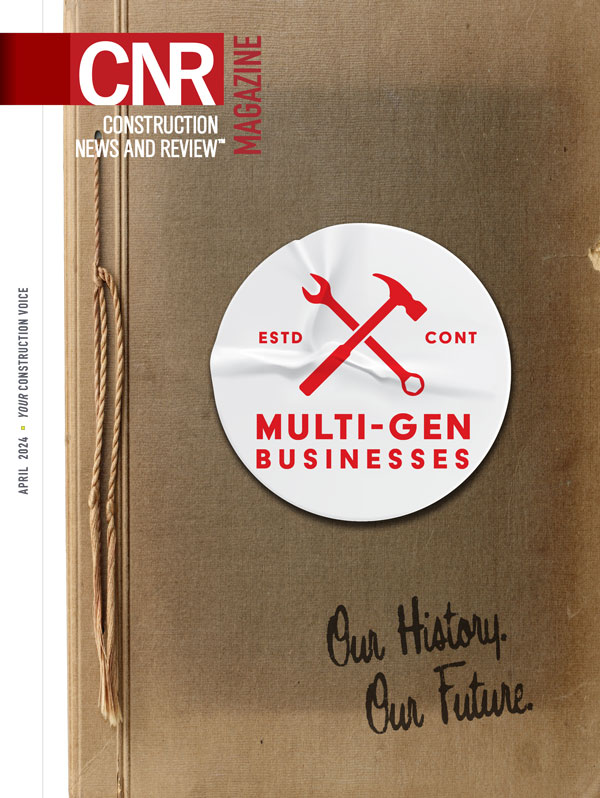Wearable Construction Safety Technologies Increase Safety, Efficiency, Productivity
By EDA GALENO
Construction work can be dangerous. But wearable safety technologies are improving worker safety, ergonomics, efficiency and productivity by gathering and processing information, and aiding in the creation of customized safety protocols.
Wearable safety technologies and their benefits include smart helmets equipped with sensors, cameras and communication systems that can detect and alert the wearer to job site hazards, exoskeletons that provide bodily support and help prevent ergonomic injuries, sensors monitoring heart rate, body temperature and other important stats, smart boots with location and pressure detection sensors that can detect falls and smart glasses that can display information such as instructions or diagrams. These and other abilities of wearable safety technology are revolutionizing the construction industry.
“Advanced wearables serve a dual purpose, enhancing communication channels while providing real-time hazard alerts to workers,” says Alex Benson, CEO at Bardavon. “One of the most promising advancements is in wearable sensors and bodywear technology like Bardavon’s Preventure sensors and app. By using sensors to measure the movements of workers performing their tasks throughout an entire shift, you can reduce injury risks by conducting data-driven ergonomic analysis and pinpoint safety risks such as fatigue and movement inefficiencies. This proactive approach not only minimizes the likelihood of musculoskeletal injuries but also fosters a culture of preventive care and well-being among workers.”
Wearable construction safety technologies data gathered from exoskeletons can reduce the risk of lower back injuries due to repetitive lifting by alleviating stress on an individual’s back. Sensors track soft tissue movements, and if high-risk movements are detected, notifications are promptly sent to the wearer to reconsider their actions, according to Anthony Crowder, CEO and president of business development at Diamond Safety & Training. “If someone is bending incorrectly from the back, both the wearer and the safety manager will receive alerts.” Crowder emphasizes that the sensors are designed not to monitor productivity but to ensure safe working practices.
Crowder discusses a proactive approach to safety.
“On a commercial construction site, if someone is bending or squatting, we assess the ergonomic risks associated with those movements. When the risk level reaches medium or high, we actively intervene, recording the worker, analyzing the data and subsequently developing a targeted safety plan,” says Crowder.
Historically, safety measures were reactive, observes Crowder. Now, sensors can preemptively warn both workers and their supervisors about the potential risks – such as heat stroke in 100-degree weather – by monitoring heart rates, advancing safety from reactive to proactive and preventive measures.
AI and Safety Programs
Crowder highlights the evolution of safety in the construction sector through the integration of AI and wearable technology. “Traditionally, safety plans were drafted based on data from past years. Currently, with advanced technologies, data is up-to-date, allowing AI to instantly generate safety plans based on real-time inputs.”
“Safety programs need to be adaptive,” Crowder says. “For instance, conditions vary seasonally. People might be more fatigued and hotter in the summer, requiring close monitoring of blood pressure. Unlike before, where safety programs required manual updates with seasonal changes, AI now enables us to input data into a system that quickly updates safety measures, surpassing human speed and efficiency.”
Crowder also points out the economic benefits of integrating these technologies. “By entering data from workers’ compensation claims and associated costs from brokers and insurers into an ROI calculator, we can demonstrate to companies how these technologies can significantly reduce their expenses. The results speak for themselves,” he says.
Safety Pays Off
“The most exciting evolution involving safety wearable technology will be the use of injury risk data in the workers’ compensation insurance underwriting process,” says Benson. “We have been working with the University of Illinois over the past year to correlate our data sets with injury incidents, claim numbers and costs across a variety of our long-term customers, with very promising results. As more companies use injury prevention wearable technology, there will be more independently validated projects and studies occurring over the next few years. The more independent studies that demonstrate a correlation between reduction in injury risk data with reductions in workers’ compensation claims, the more likely underwriters will include the data in their premium calculation models.”
In construction, where project bids hinge on a company’s injury history, wearable tech offers a competitive advantage. By enabling real-time monitoring, coaching and injury prevention, Benson says, it helps construction firms manage and reduce workplace injuries.
Fresh Content
Direct to Your Inbox

YOUR RESPECTED INDUSTRY VOICE
Join CNR Magazine today as a Content Partner
As a CNR Content Partner, CNR Magazine promises to support you as you build, design and engineer projects not only in and around St. Louis, but also across the U.S. CNR is equipped and ready to deliver a dynamic digital experience paired with the top-notch, robust print coverage for which you’ve always known and respected the magazine.







